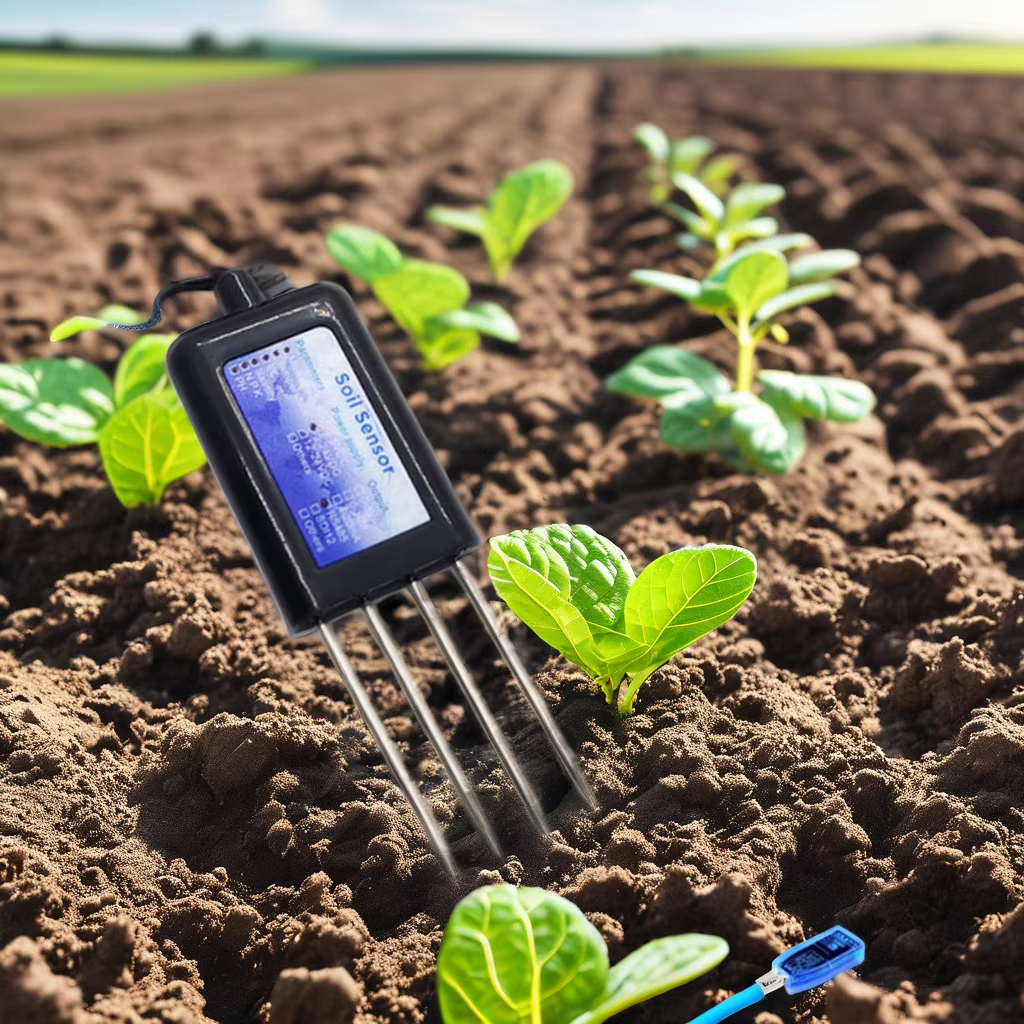Tomato (Solanum lycopersicum L.) is one of the high-value crops in the world market and is mainly grown under irrigation. Tomato production is often hampered by unfavorable conditions such as climate, soil and water resources. Sensor technologies have been developed and installed around the world to help farmers assess growing conditions such as water and nutrient availability, soil pH, temperature and topology.
Factors associated with low productivity of tomatoes. The demand for tomatoes is high both in the fresh consumption markets and in the industrial (processing) production markets. Low tomato yields are observed in many agricultural sectors, such as in Indonesia, which largely adheres to traditional farming systems. The introduction of technologies such as Internet of Things (IoT)-based applications and sensors has significantly increased the yield of various crops, including tomatoes.
Lack of use of heterogeneous and modern sensors due to insufficient information also leads to low yields in agriculture. Wise water management plays an important role in avoiding crop failure, especially in tomato plantations.
Soil moisture is another factor that determines tomato yield as it is essential for the transfer of nutrients and other compounds from the soil to the plant. Maintaining plant temperature is important as it affects the ripeness of leaves and fruits.
The optimal soil moisture for tomato plants is between 60% and 80%. The ideal temperature for maximum tomato production is between 24 to 28 degrees Celsius. Above this temperature range, plant growth and flower and fruit development are suboptimal. If soil conditions and temperatures fluctuate greatly, plant growth will be slow and stunted and tomatoes will ripen unevenly.
Sensors used in tomato growing. Several technologies have been developed for precision management of water resources, mainly based on proximal and remote sensing techniques. To determine the water content in plants, sensors are used that assess the physiological state of plants and their environment. For example, sensors based on terahertz radiation combined with humidity measurements can determine the amount of pressure on the blade.
Sensors used to determine water content in plants are based on a variety of instruments and technologies, including electrical impedance spectroscopy, near-infrared (NIR) spectroscopy, ultrasonic technology, and leaf clamp technology. Soil moisture sensors and conductivity sensors are used to determine soil structure, salinity and conductivity.
Soil humidity and temperature sensors, as well as an automatic watering system. To obtain an optimal yield, tomatoes require a proper watering system. Growing water shortages threaten agricultural production and food security. The use of efficient sensors can ensure optimal use of water resources and maximize crop yields.
Soil moisture sensors estimate soil moisture. Recently developed soil moisture sensors include two conductive plates. When these plates are exposed to a conducting medium (such as water), electrons from the anode will migrate to the cathode. This movement of electrons will create an electrical current, which can be detected using a voltmeter. This sensor detects the presence of water in the soil.
In some cases, soil sensors are combined with thermistors that can measure both temperature and humidity. The data from these sensors is processed and generates a single-line, bidirectional output that is sent to the automated flushing system. When the temperature and humidity data reach certain thresholds, the water pump switch will automatically turn on or off.
Bioristor is a bioelectronic sensor. Bioelectronics is used to control the physiological processes of plants and their morphological characteristics. Recently, an in vivo sensor based on organic electrochemical transistors (OECTs), commonly referred to as bioresistors, has been developed. The sensor was used in tomato cultivation to assess changes in the composition of plant sap flowing in the xylem and phloem of growing tomato plants. The sensor works in real time inside the body without interfering with the functioning of the plant.
Since the bioresistor can be implanted directly into plant stems, it allows in vivo observation of physiological mechanisms associated with ion movement in plants under stress conditions such as drought, salinity, insufficient vapor pressure and high relative humidity. Biostor is also used for pathogen detection and pest control. The sensor is also used to monitor the water status of plants.
Post time: Aug-01-2024


